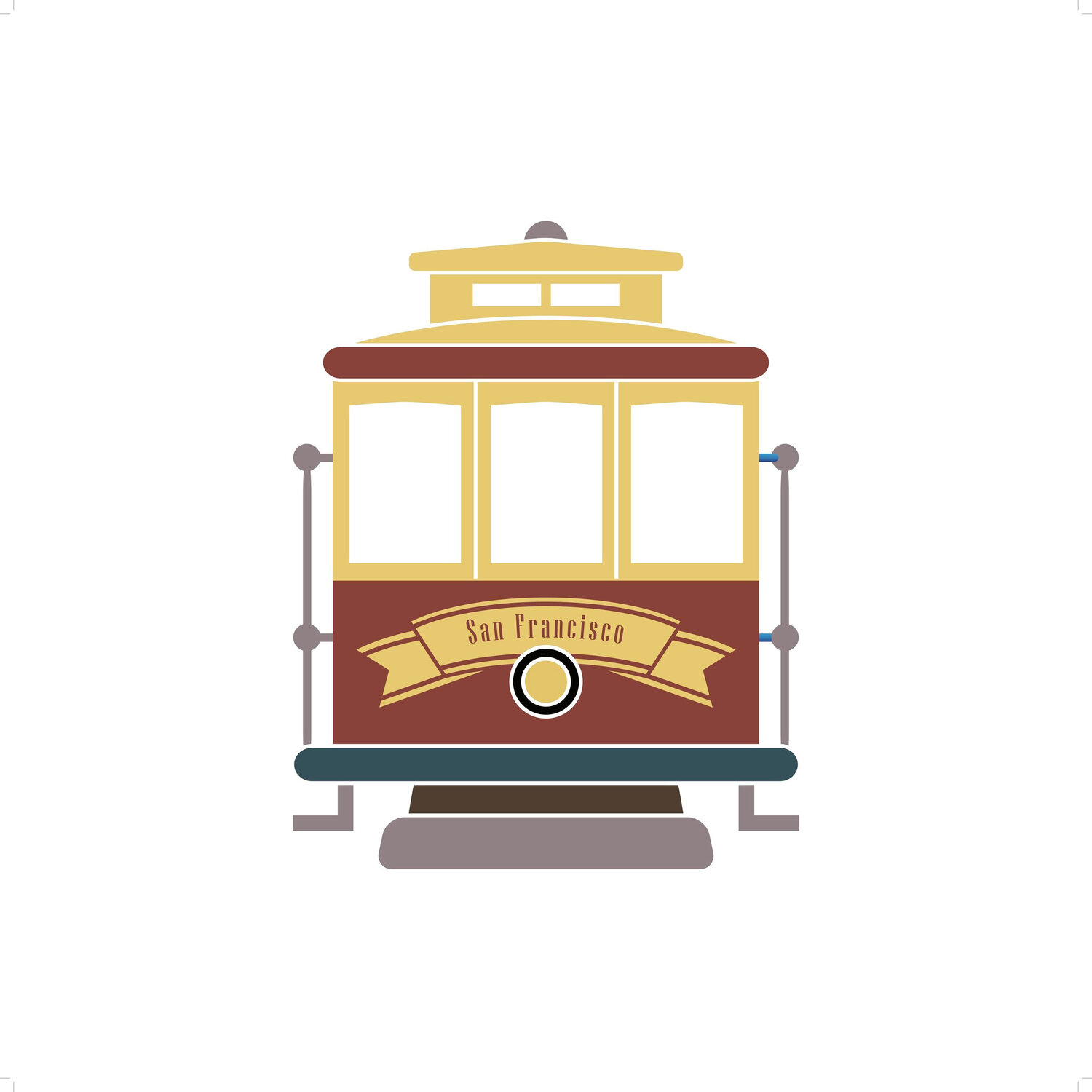Before the Midwinter: part 2
Colonel James Lloyd Lafayette Warren, publisher of the California Farmer and Journal of Useful Sciences. Image courtesy of the California State Library.
Colonel Warren settled his wiry frame behind the crowded desk that overlooked Clay Street. He spread out and pored over the daily papers. As he paged through the stack, clipping this or that article with a pair of heavy scissors, he noticed the telegraphic dispatch that announced to the Commissioner General of the American Commission to the Paris Universal Exposition that, “out of the 524 [American] exhibitors at Paris there have been awards in favor of 262, including 4 grand prizes, 17 gold, 62 silver and 103 bronze medals…and 79 exhibitors honorably mentioned.”[i] Though the California contributions had been roundly criticized as small and poorly managed,[ii] this was an astounding victory for the nation. Warren inked his pen and furiously jotted notes.
An inveterate collector of curios, books, stamps, coins, and just about everything else, Warren was a compulsive reader and thinker with a restless spirit. His favorite cause, which colored the pages of the journal he had published since January 1854, the California Farmer and Journal of Useful Sciences, was the promotion of his adopted state’s bountiful natural resources. In the California Farmer’s issue of July 11, 1867, with his characteristic zeal, Warren congratulated the nation on its efforts at the Paris Exposition and declared that it was critical for California’s success as an industrial leader of the Pacific to claim the World’s Fair for 1871; “Providence with her unerring signs, tell us that the next World's Fair should be held in CALIFORNIA [sic]. Does anyone doubt our capacity…as a state to accomplish this? ...our own self interests demand this to be done, if we wish to build up our own State and the Pacific Coast.”[iii]
For Warren the signs that a World’s Fair was possible were the impending finish of the transcontinental railroad, the new transportation lines to China and Japan that would result in “tens of millions of dollars” in trade, and the lucrative acquisition of Alaska, which would prove a “great value to our country and also to the Pacific of millions in trade annually.” He believed that between July, 1867 and 1871, ”the whole trade of the world will have changed its course and the "Golden Gate" of San Francisco Bay will have become the real Golden Gate of Commerce.”[iv]
Warren was not all talk; he had an impressive record of feats since he settled in California in 1849. He was the founder and owner of Warren & Co., a firm that specialized in fruit trees, seeds, and agricultural implements. From its San Francisco headquarters he published the weekly California Farmer. He also was an experienced fair planner. In 1852 he had designed the state’s first agricultural and cattle show– a privately funded venture that excited the farming and business communities so much that it led to the formation of the State Agricultural Society (the progenitor of the California department of Food and Agriculture). The Agricultural Society in turn produced the first State Fair with Warren’s help in October 1854 held in Musical Hall on Bush Street.[v] Born in 1805, Warren had the vigor of someone much younger. A World’s Fair for California was a project he could throw himself into as long as he had the support of allies who shared his dreams. One of those allies was the Mechanics’ Institute.
…
[i] Sacramento Daily Union, June 27, 1867, page 2.
[ii] Andrew Smith Hallidie, “The Universal Exposition”, Mining and Scientific Press, 14:20 (June 29, 1867), Page 402.
[iii] “one-man agricultural pressure group” comes from Bean, Walton E., “James Warren and the Beginnings of Agricultural Institutions in California” Pacific Historical Review, Vol. 13, No. 4 (Dec. 1944), pp. 361-375.
“The World’s Fair in 1871”, California Farmer and Journal of Useful Sciences, July 11, 1867, Page 4.
[iv] “The World’s Fair in 1871”, California Farmer and Journal of Useful Sciences, July 11, 1867, Page 4.
[v] “Grand Agricultural and Horticultural Fair of the California State Agricultural Society”, California Farmer and Journal of Useful Sciences, September 28, 1854, Page 97.


